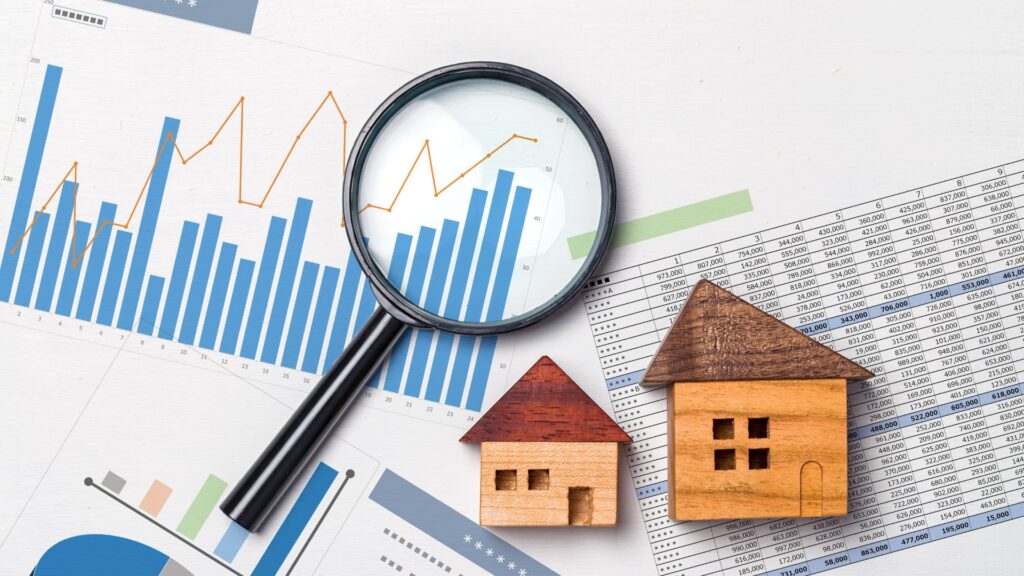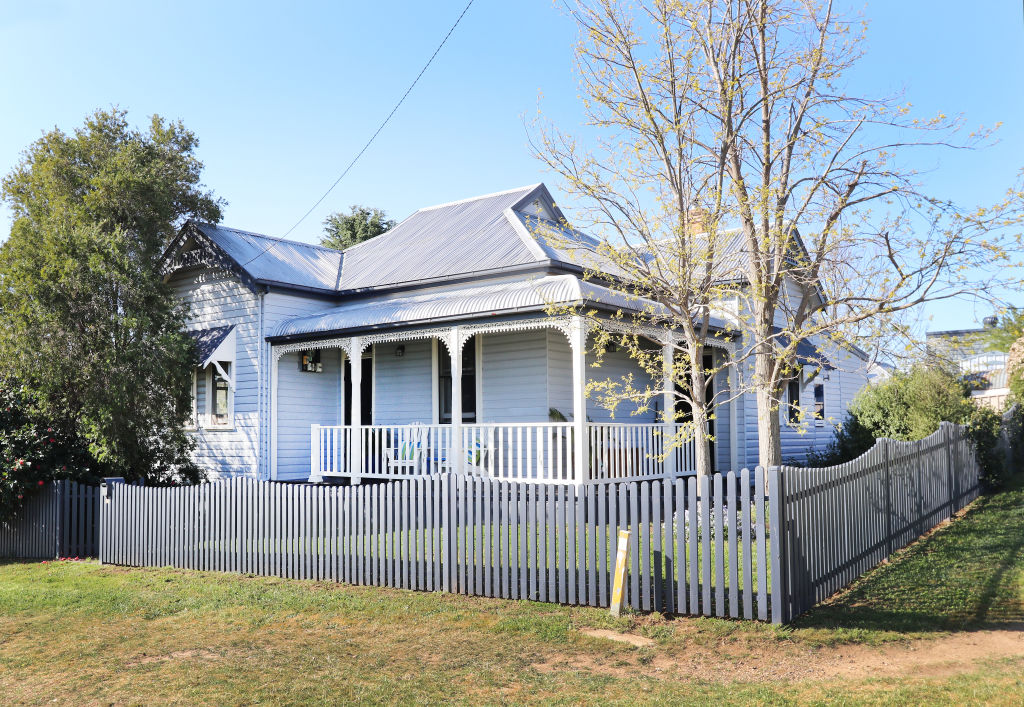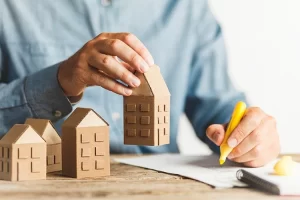Aug 14, 2024
How an Australian Buyers Advocate Can Maximize Your Property Investment
When it comes to property investment, especially in the dynamic Australian real estate market, making informed decisions is crucial. Whether you’re a seasoned investor or just starting, enlisting the help of a buyers advocate can be a game-changer. Here’s how an Australian buyers advocate can help you maximize your property investment.
-
Expert Market Knowledge
Australian real estate markets can vary significantly from one region to another. Buyers advocates have in-depth knowledge of local markets, trends, and property values. They are well-versed in identifying up-and-coming areas with high growth potential, ensuring you invest in locations poised for appreciation.
-
Access to Off-Market Opportunities
One of the major advantages of working with a buyers advocate is their access to off-market opportunities. Many properties are sold before they even hit the public market. Buyers advocates often have networks and relationships with real estate agents and sellers that give you access to these exclusive listings, increasing your chances of finding a great investment property.
-
Negotiation Expertise
Negotiating the best price for a property is an art in itself. Buyers advocates are skilled negotiators who work on your behalf to secure the best possible deal. They understand market conditions and can leverage this knowledge to negotiate effectively, potentially saving you thousands of dollars on your investment.
-
Comprehensive Due Diligence
Due diligence is a critical part of the property investment process. Buyers advocates conduct thorough research and analysis on potential properties, including checking for any legal issues, zoning regulations, and building conditions. This meticulous approach helps you avoid costly mistakes and ensures that you’re making a sound investment.
-
Objective Advice
An independent buyers advocate provides objective advice without any conflict of interest. Unlike real estate agents who may have a vested interest in selling a particular property, buyers advocates work solely for you. Their unbiased perspective ensures that you receive honest and transparent recommendations tailored to your investment goals.

-
Time Savings
Searching for the right property can be time-consuming and overwhelming. Buyers advocates streamline the process by handling all the legwork, from property searches and inspections to negotiations and paperwork. This allows you to focus on your core activities while they manage the complexities of property acquisition.
-
Strategic Investment Planning
A buyers advocate can help you develop a strategic investment plan aligned with your financial goals. They can advise on portfolio diversification, financing options, and long-term strategies to maximize returns. Their expertise ensures that your investment decisions are strategically sound and aligned with your overall objectives.
-
Peace of Mind
Investing in property can be stressful, especially with the many variables involved. Having a buyers advocate by your side provides peace of mind, knowing that a professional is handling the intricacies of the process. This support can alleviate stress and make the property investment journey smoother and more enjoyable.
Engaging an Australian buyers advocate can significantly enhance your property investment strategy. From expert market knowledge and access to exclusive opportunities to skilled negotiation and comprehensive due diligence, their expertise provides invaluable support in navigating the real estate market. By leveraging their services, you can make informed decisions, save time, and ultimately maximize the potential of your property investments.



 Property Inspection: Arrange for a professional property inspection to assess the condition of the building and identify any potential issues. This should include checks for structural integrity, electrical and plumbing systems, and any signs of pest infestation.
Property Inspection: Arrange for a professional property inspection to assess the condition of the building and identify any potential issues. This should include checks for structural integrity, electrical and plumbing systems, and any signs of pest infestation.



 he Australian government has introduced various incentives to encourage the adoption of sustainable building practices. These include rebates, grants, and tax benefits for homeowners who install energy-efficient systems or undertake renovations that enhance the sustainability of their homes. These incentives not only reduce the initial cost of sustainable upgrades but also make it easier for more Australians to embrace eco-friendly living.
he Australian government has introduced various incentives to encourage the adoption of sustainable building practices. These include rebates, grants, and tax benefits for homeowners who install energy-efficient systems or undertake renovations that enhance the sustainability of their homes. These incentives not only reduce the initial cost of sustainable upgrades but also make it easier for more Australians to embrace eco-friendly living. Start Small: If you’re a beginner, consider starting with a smaller investment. This will allow you to learn the ropes without taking on too much risk.
Start Small: If you’re a beginner, consider starting with a smaller investment. This will allow you to learn the ropes without taking on too much risk.
 One of the primary ways to increase a property’s value is through renovations. However, the quality and type of renovations matter significantly. Focus on improvements that will appeal to your target market and add tangible value. Kitchens and bathrooms often provide the best return on investment, as do energy-efficient upgrades and modern design elements.
One of the primary ways to increase a property’s value is through renovations. However, the quality and type of renovations matter significantly. Focus on improvements that will appeal to your target market and add tangible value. Kitchens and bathrooms often provide the best return on investment, as do energy-efficient upgrades and modern design elements.

 Australia is known for its transparent and well-regulated real estate market, which offers a high level of investor protection. The legal framework governing real estate transactions is robust, ensuring that investments are secure. Additionally, the Australian government has implemented policies to attract foreign investment, making it easier for international investors to enter the market.
Australia is known for its transparent and well-regulated real estate market, which offers a high level of investor protection. The legal framework governing real estate transactions is robust, ensuring that investments are secure. Additionally, the Australian government has implemented policies to attract foreign investment, making it easier for international investors to enter the market.